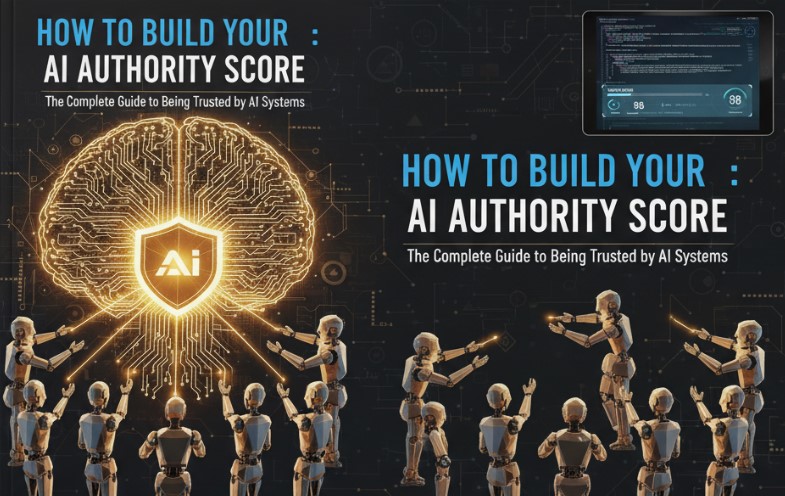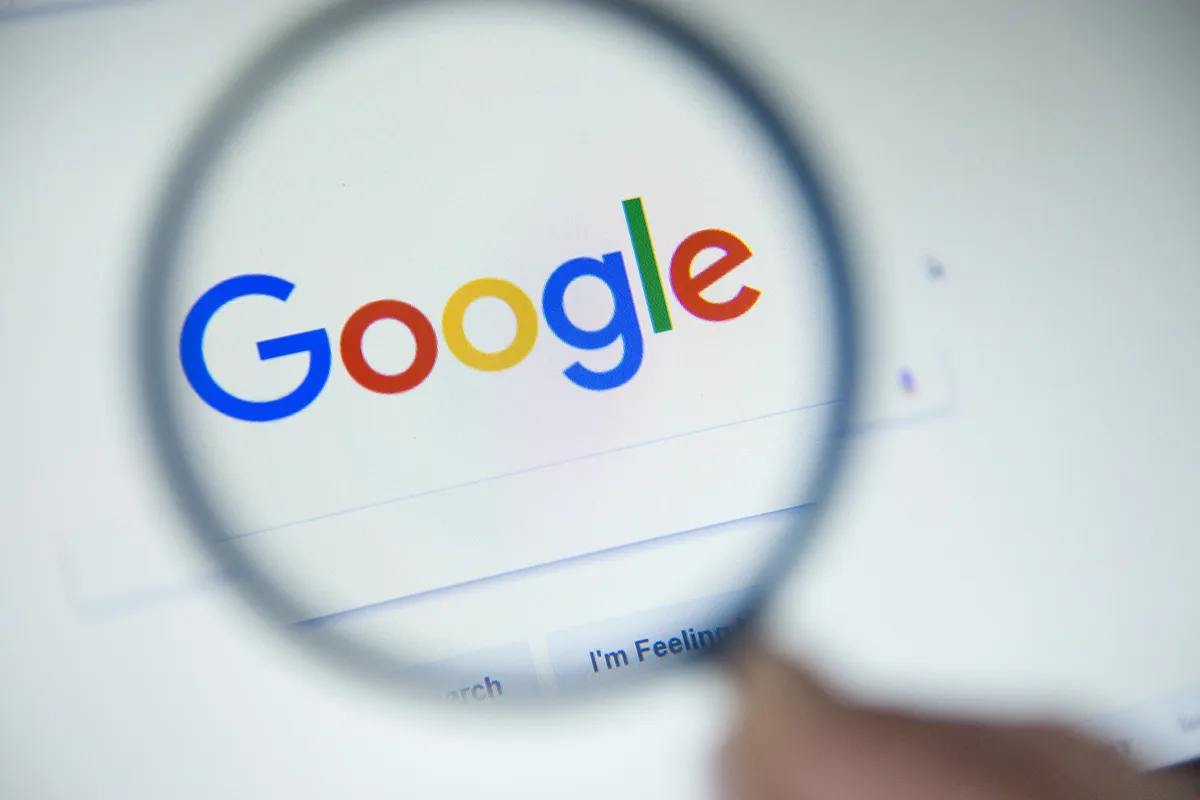Published by NewsPR Today | June 2025
Ever sat in a marketing meeting and felt like you needed a translator? When terms like SEO, CRO, EEAT, and SERP start flying around, it can feel like you’ve stumbled into a conversation full of secret codes.
The truth is, the world of Search Engine Optimization (SEO) is packed with acronyms. But behind each one is a simple concept that, once you get it, can totally change how you see your website and your digital strategy.
Think of the image above as your treasure map. Let’s walk through it together and turn that confusing alphabet soup into a simple, digestible meal.
The Foundation: Where It All Begins
Before we get fancy, let’s start with the absolute basics—the ground floor of digital marketing.
- SEO (Search Engine Optimization): This is the big one, the sun in our solar system. It’s the entire practice of making your website more attractive to search engines like Google so you show up higher in search results.
- SERP (Search Engine Results Page): This is simply the page you see after you type something into Google. The goal of all your SEO efforts is to land on the first SERP, ideally near the top.
- URL (Uniform Resource Locator): Don’t let the long name fool you. This is just your web address (like www.mywebsite.com). A clean, simple URL structure is important for good SEO.
The “How Google Thinks” Crew: Content & Quality
Google doesn’t just scan for words; it tries to understand quality and intent. These terms explain how.
- EEAT (Experience, Expertise, Authoritativeness, Trustworthiness): This is a huge one. It’s Google’s set of quality standards. To rank well, your content needs to show you have real-world experience, subject matter expertise, are an authority in your field, and are trustworthy. (Note: The image mistakenly lists “Expertise” twice, but the first ‘E’ officially stands for Experience!)
- NLP (Natural Language Processing): This is the fancy tech search engines use to understand content and search queries the way a human would, not just as a string of keywords.
- AEO & LLMO (Answer & Large Language Model Optimization): These are the new kids on the block. AEO is about optimizing your content to directly answer questions, especially for voice search (“Hey Google…”). LLMO is about optimizing for AI chatbots like ChatGPT and Bard, which are changing how people find information.
The “Optimization” Family: Different Ways to Improve
SEO isn’t a single activity. It’s a collection of specialized efforts to improve performance in different areas.
- CRO (Conversion Rate Optimization): Getting visitors to your site is only half the battle. CRO is the art of improving your website to turn more of those visitors into actual customers.
- SMO (Social Media Optimization): This involves using social media platforms to indirectly boost your SEO by driving traffic and building brand authority.
- ASO (App Store Optimization): If you have a mobile app, this is your SEO. It’s all about optimizing your app’s listing in places like the Apple App Store or Google Play to get more downloads.
- GEO (Geolocation Optimization): Essential for local businesses. This means targeting local SEO to show up in location-based searches, like “pizza near me.”
The Report Card: Measuring What Matters
How do you know if any of this is working? You track the data.
- GA & GSC (Google Analytics & Google Search Console): These are your two most important free tools from Google. GA tells you everything about your website traffic (who visits, how they got there). GSC monitors your site’s performance and health directly in Google’s index.
- CTR (Click-Through Rate): A simple but vital metric. It’s the percentage of people who see your link in search results and actually click on it.
- KPI & ROI (Key Performance Indicator & Return on Investment): KPIs are the specific metrics you track to measure success (like traffic, leads, or sales). ROI measures the overall effectiveness of your campaign—did you make more money than you spent?
Think of all these acronyms not as a test to be memorized, but as tools in a toolbox. You don’t need to use every tool for every job, but knowing what they do makes you a much more effective builder. So save this guide, and the next time you’re in a meeting, you won’t just keep up—you’ll be able to lead the conversation.




